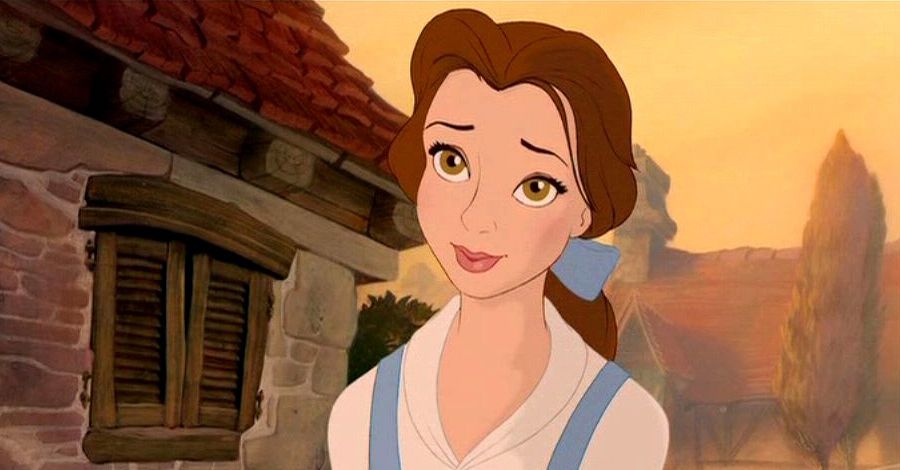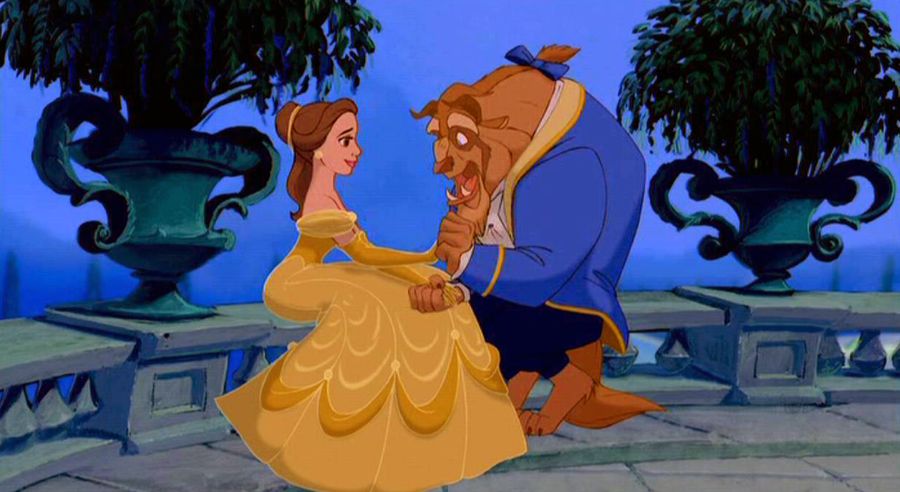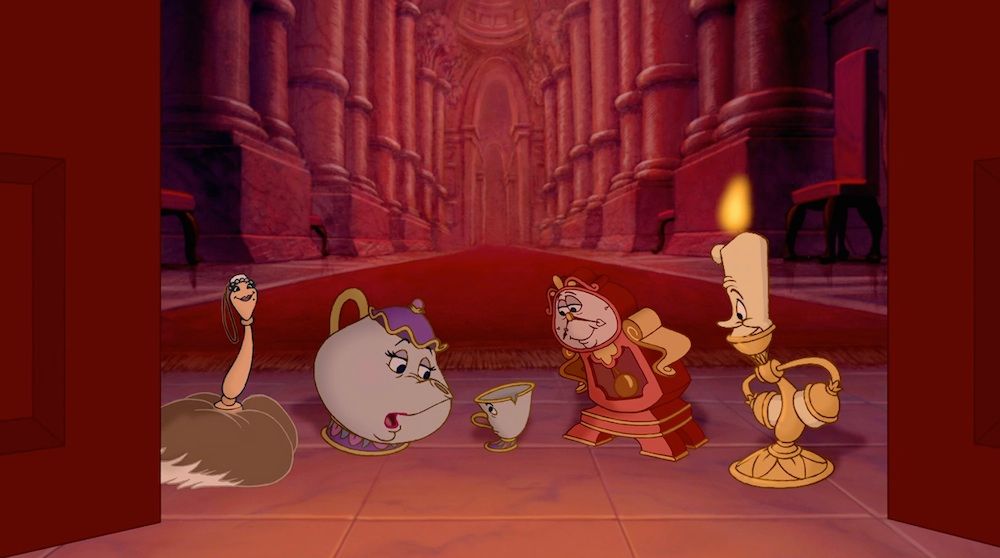MOVIE URBAN LEGEND: An early version of Disney’s "Beauty and the Beast" was scrapped because Belle wasn’t enough of a feminist heroine.
When you’re writing a film for a large corporation like Walt Disney Studios, there can be so many executives to answer to that it’s difficult to maintain a cohesive voice for any given project. Therefore, it’s unsurprising to note that a number of Disney films have undergone rather dramatic makeovers. For instance, as we noted in a while back in a Movie Legend Revealed, Elsa in “Frozen” was initially the villain of that film,. The 1991 Disney classic "Beauty and the Beast," however, underwent a more dramatic transformation than most, as the original version was scrapped well into the production process, leading to a new film having to be created in less than the normally allotted time for a Disney feature. Amazingly enough, one of the key areas of contention with the original version was that the heroine wasn't enough of a feminist!
Read on to see how it all unfolded.
Walt Disney had been trying to adapt "Beauty and the Beast" as far back as the earliest days of the studio’s full-length animated features, like "Snow White and the Seven Dwarfs." It seems the 1946 film adaptation by Jean Cocteau dulled Disney's enthusiasm for the project, and it fell to the wayside for decades. When Disney Studios began to ramp up their production of new animated features in the late 1980s, however, "Beauty and the Beast" was back on the table. Screenwriter Jim Cox first took a crack at the film in 1988, but Disney Studios Chairman Jeffrey Katzenberg turned it down, noting that, while good, it was too close to the original fairy tale. After an attempt to land Richard Williams, director of the animated parts of "Who Framed Roger Rabbit?," Disney settled on his colleague Richard Purdum.
He and a group of animators came up with the basic idea of the film. Meanwhile, however, Disney was in the midst of releasing "The Little Mermaid," which was a box-office hit. Still, the film was criticized because its heroine, Ariel, was seen by some as not having a whole lot of agency of her own (she’s manipulated by either her father or the evil witch Ursula for much of the movie, and her prince, Eric, has a more dynamic role). Whether fair or not, the critique rang in Katzenberg's head when it came time to see what Purdum had come up with. He didn’t like what he saw, and had the entire film scrapped and started over. Purdum quit.
Linda Woolverton had been working as one of the film’s writers for a couple of years, and suddenly found herself the main screenwriter for the revamped project (along with the new directors Kirk Wise and Gary Trousdale). Peter Schneider, Disney’s senior vice president of feature animation, described their revamp of Belle: "Belle is an independent heroine who wanted more than just a hunky guy (Gaston). It was an attempt to make her more than a traditional fairy-tale heroine."
In a 1992 interview with Wade Sampson, Woolverton spoke about what the studio expected from her:
They [Disney] knew I had a feminist sensibility and they were at ease that the same accusations leveled against Mermaid (like Ariel forsaking her family and heritage for a man) wouldn't happen with "Beauty and the Beast." I never took part in marches. I just knew I wanted to go out, very much like Belle, and do things myself. I thought I was smart enough to be able to do that.
The scrapped version didn’t have the Enchanted Objects of Beast's castle speaking. It also had a younger sister and an aunt for Belle who pushed her to marry Gaston, who was initially a weaselly, sort of wimpy character.
It was lyricist Howard Ashman who first came up with the idea for the Enchanted Objects to talk. One of Katzenberg's other problems with the original screenplay was that it was too dark, so Ashman felt that having the Enchanted Objects speak would lighten the tone.
Choosing not to watch the Cocteau adaptation (so as to not be too influenced by him), Woolverton instead turned to Katharine Hepburn's portrayal of Jo March in "Little Women" as an inspiration for Belle. Annoyingly, Woolverton had a difficult time convincing the animators to depict her new version of Belle. She explained to the Los Angeles Times one frustrating incident:
In one scene, the screenplay had Belle pushing pins into a map of the world--places she wanted to visit--while waiting for her father to return. When Woolverton saw the segment on the storyboard, however, she found her heroine decorating a cake. In the end, Belle was shown reading a book--which also had provoked some discussion. Because reading might be deemed a passive hobby, the opening scene has her walking and reading at once--which Woolverton herself used to do as a child.
Other changes helped the film, like introducing a time limit for the Beast to find love (thus adding some drama to the story) and turning Gaston into a more formidable adversary.
As a result “Beauty and the Beast” was not only a blockbuster, it was the first Disney film to be nominated for a Best Screenplay Academy Award!
The legend is...
STATUS: True
Feel free (heck, I implore you!) to write in with your suggestions for future installments! My e-mail address is bcronin@legendsrevealed.com.
Be sure to check out my Entertainment Urban Legends Revealed for more urban legends about the worlds of TV, Movies and Music!



